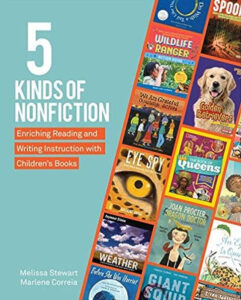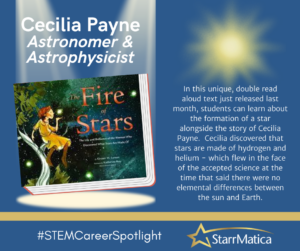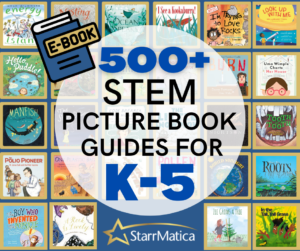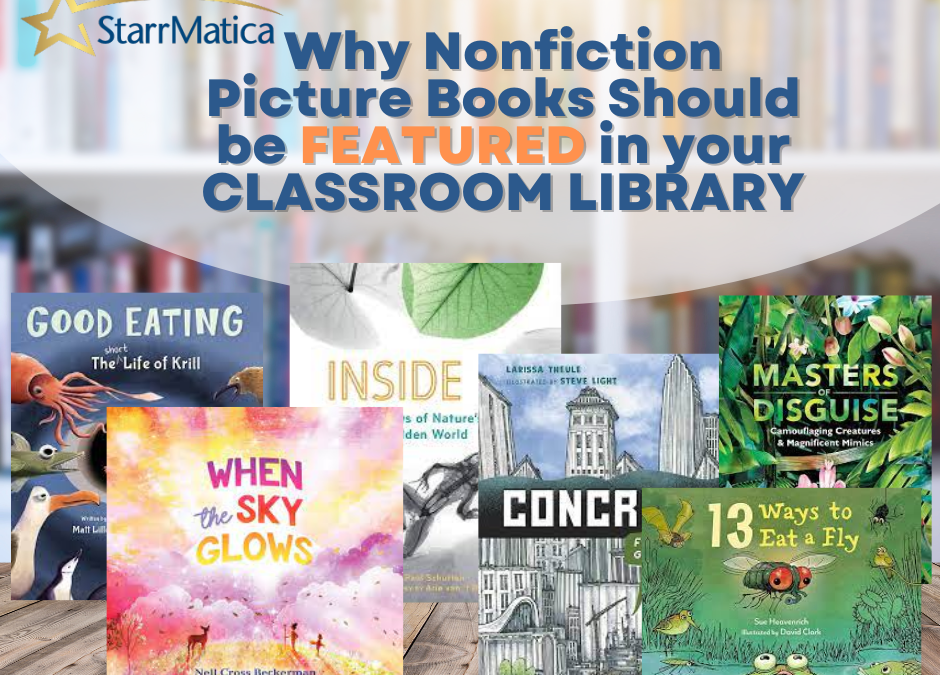How many nonfiction books are in your classroom library? As a teacher myself, I would venture to guess not enough! And, as a science advocate, of course I have the research to back up that claim. 😊 But before I share that research, would you please take a moment to estimate what percentage of your students prefer to read fictional narratives and what percentage prefer nonfiction expository texts?
.
.
.
I’ll wait.
.
.
Really give it some thought.
.
.
.
Got that number in mind? Now here’s what the research says: 25% of elementary students prefer fictional narratives, 42% gravitate toward nonfiction expository writing, and 33% enjoy both (Repaskey, Schumm, and Johnson, 2017). Did you grossly overestimate the percentage that preferred fiction and underestimate the nonfiction? I know I would have when I was teaching fourth grade. Yet now that I have a first grader in my house that has always been a fact hound preferring nonfiction, I don’t doubt the numbers. I can’t tell you how many times in a week I hear from my son, “Did You Know…..” followed by a fact he’s uncovered while reading nonfiction for pleasure!
The are likely many students like my son in your classroom, perhaps some that haven’t yet uncovered their love for nonfiction. As educators, we can support their independent reading preferences, foster a love of reading, and feed their curiosity by simply adding more nonfiction selections to our classroom libraries.
 Nonfiction picture book author, Melissa Stewart, has created five categories of nonfiction, and recommends having some texts from each category available in your classroom. You can read her article to familiarize yourself with the types: And I highly recommend her longer text: 5 Kinds of Nonfiction: Enriching Reading and Writing Instruction with Children’s Books by Melissa Stewart and Marlene Correia. The authors take a deeper dive into the five types and provide highly engaging activities you can use in your classroom to help your students to become familiar with nonfiction texts both for the purposes of learning information and as mentor texts to guide their own nonfiction writing. It is a quick read worthy of your time especially because of its immediate practical applications for your classroom.
Nonfiction picture book author, Melissa Stewart, has created five categories of nonfiction, and recommends having some texts from each category available in your classroom. You can read her article to familiarize yourself with the types: And I highly recommend her longer text: 5 Kinds of Nonfiction: Enriching Reading and Writing Instruction with Children’s Books by Melissa Stewart and Marlene Correia. The authors take a deeper dive into the five types and provide highly engaging activities you can use in your classroom to help your students to become familiar with nonfiction texts both for the purposes of learning information and as mentor texts to guide their own nonfiction writing. It is a quick read worthy of your time especially because of its immediate practical applications for your classroom.
If you are ready to add more nonfiction to your classroom library, yet not sure where to start – and more to the point, lacking the time to really dig in and research interesting nonfiction texts, I’m here to help!
 Last spring on Facebook, I took 30 days and recommended picture book biographies that you could use to highlight STEM careers in your classroom. Scroll back through our Facebook posts to March 3rd through March 31st 2023 to check out those recommendations.
Last spring on Facebook, I took 30 days and recommended picture book biographies that you could use to highlight STEM careers in your classroom. Scroll back through our Facebook posts to March 3rd through March 31st 2023 to check out those recommendations.
Similarly, I’m going to post a nonfiction picture book recommendation every day for the next 30 days (maybe more because I have so many that I love!) to help you add some engaging and interesting texts to your classroom library that your students will love!
If you are looking for additional science texts, check out StarrMatica Texts: Science Your Way, our library of K-5 science informational texts that can be customized to meet specific Common Core ELA standards. Each 1st – 5th grade text has multiple reading levels so all of your students can read the same content independently.
Not a subscriber? Click here for a free trial to access our entire library of texts.
And if you are looking for additional picture books for your science classroom, check out the Perfect Picture Book Pairing Series that includes one-page guides with activities and discussion questions for hundreds of STEM-themed picture books aligned to every NGSS performance expectation!
CLICK HERE TO PREVIEW THE PERFECT PICTURE BOOK PAIRING EBOOKS

